Recommendation
This simple book with a catchy title explains how the U.S. became susceptible to a variety of rapidly popping financial bubbles that will all have unhappy endings. David Wiedemer, Robert A. Wiedemer, Cindy Spitzer and Eric Janszen have made their book easy to read, and it certainly describes the current forces at work on Wall Street. Yet, like other predictive books, it goes into more speculative detail than needed in the first section, which considers what factors could trigger a multistage bubble collapse. Readers may find the details in the book’s second half more useful. It explains the investment vehicles that the authors believe could provide some upside protection when the bubbles burst. getAbstract recommends this intriguing, start-up introduction as an accessible first course on market survival, though it seems to need more extensive source citations. Such notes would have made this even more authoritative.
Summary
About the Authors
Evolutional economist David Wiedemer, Ph.D., has held senior positions with high-tech firms and holds 13 IT patents. Robert A. Wiedemer founded a NASDAQ-listed information services firm and heads a business valuation firm that advises the SBA. Writer Cindy Spitzer’s work has appeared in numerous newspapers and other publications. Eric Janszen, an expert on bubbles, developed iTulip.com, headed two companies and managed an angel investment fund.










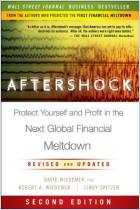
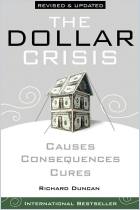

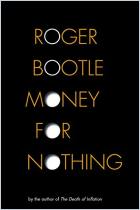
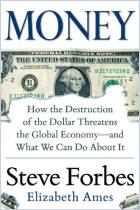

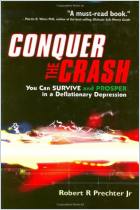




Comment on this summary or 开始讨论